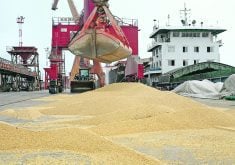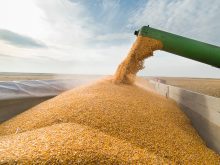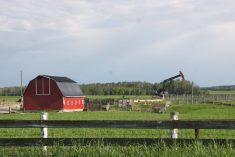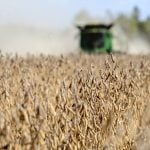It will be about seven months before canola seeding rolls around again for western Canadian farmers.
But events are already taking place around the world that will help determine the oilseed market environment next year.
The seeders are rolling in Brazil and expectations are that another record crop of soybeans will be sown.
The United States Department of Agriculture says that currency and commodity market conditions favour increased soybean production in the South American country at the expense of corn and cotton.
Brazil’s currency, the real, has fallen about 30 percent against the American dollar since this time last year. That means while the price in U.S. dollars of soybeans on the Chicago market is down a little from last year, the return in reals to Brazilian farmers is up.
Read Also
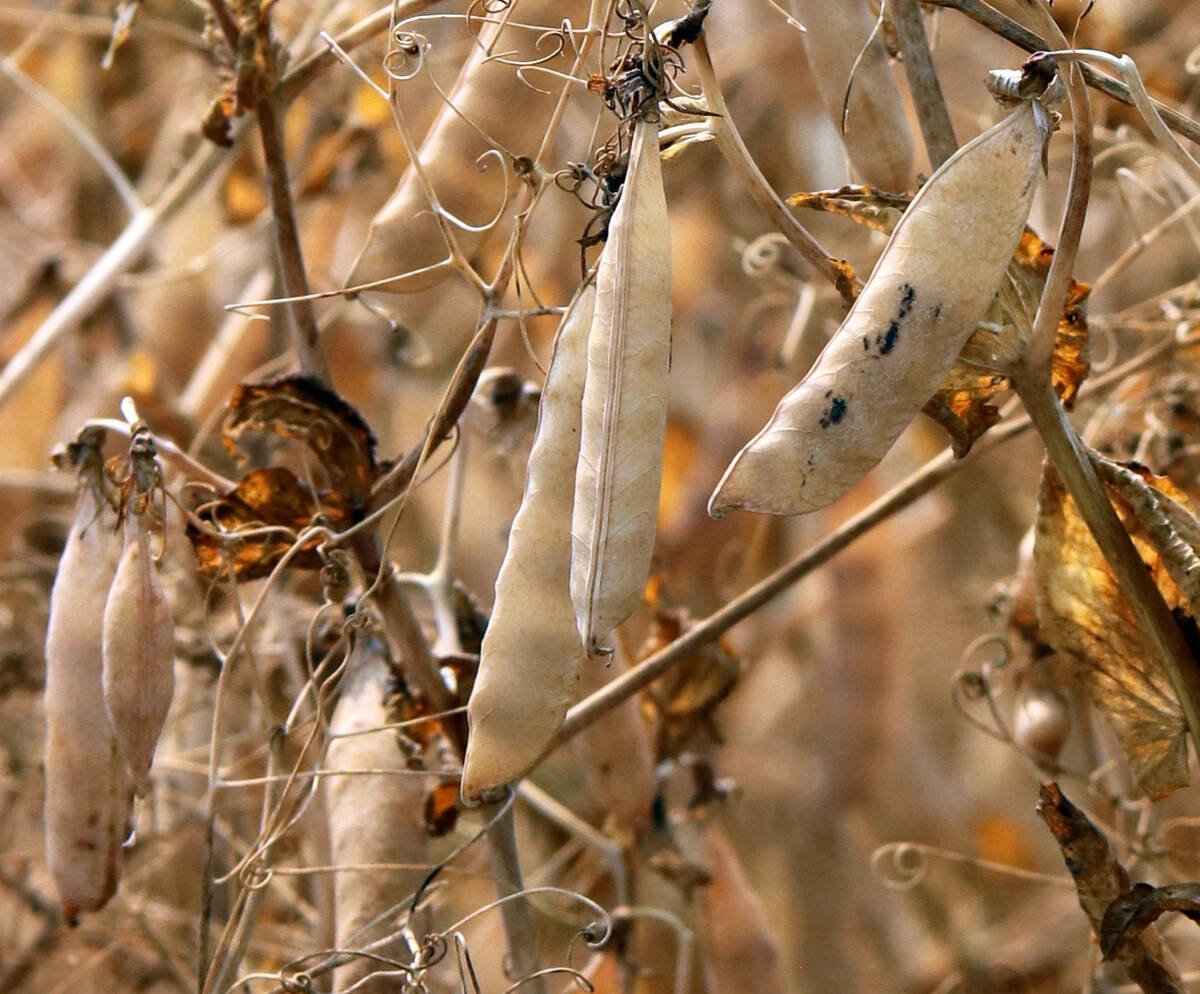
Trump’s tariffs take their toll on U.S. producers
U.S. farmers say Trump’s tariffs have been devastating for growers in that country.
Also, the price of soybeans relative to other Brazilian crops has improved.
Brazilian farmers had an exceptional year in 2001, harvesting record crops of soybeans, corn and cotton.
Corn production shot up about 10 million tonnes, swamping the domestic market and driving down prices. Cotton prices have tanked because of climbing stocks.
So with alternative crops down and soybeans up, the market is telling Brazil’s producers to grow the oilseed, especially since the cost of production for soybeans, which fix their own nitrogen, is lower than for corn.
USDA thinks that 38.3 million Brazilian acres will be seeded to soybeans this year, up 11 percent from last year.
To give perspective, that is almost twice Canada’s spring wheat acreage and about half the size of the U.S. soybean area.
USDA’s early estimate of Brazilian soybean production is 41.5 million tonnes, up eight percent from last year and up by about 66 percent from the mid 1990s.
Global soybean consumption is also growing this year, but not as fast as production. The USDA forecasts year end world stocks will be about 29 million tonnes.
That is now up from last year, whereas until recently, USDA forecast decreased stocks.
This news contributed to the recent sharp decline in soybean futures prices.
What does this mean for canola prospects? Supplies of canola in Canada and elsewhere are well down. So are global supplies of oil sunflower, another competitor to soybeans.
But with surplus soybean supplies and no expectation of lower soy seeding in the U.S. in 2002, oilseed prices generally will have little opportunity to climb.





